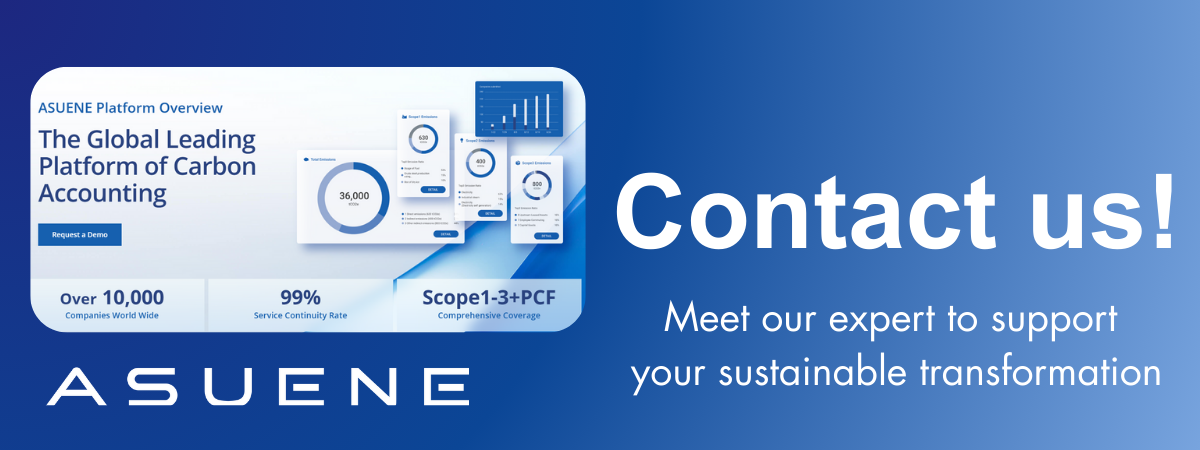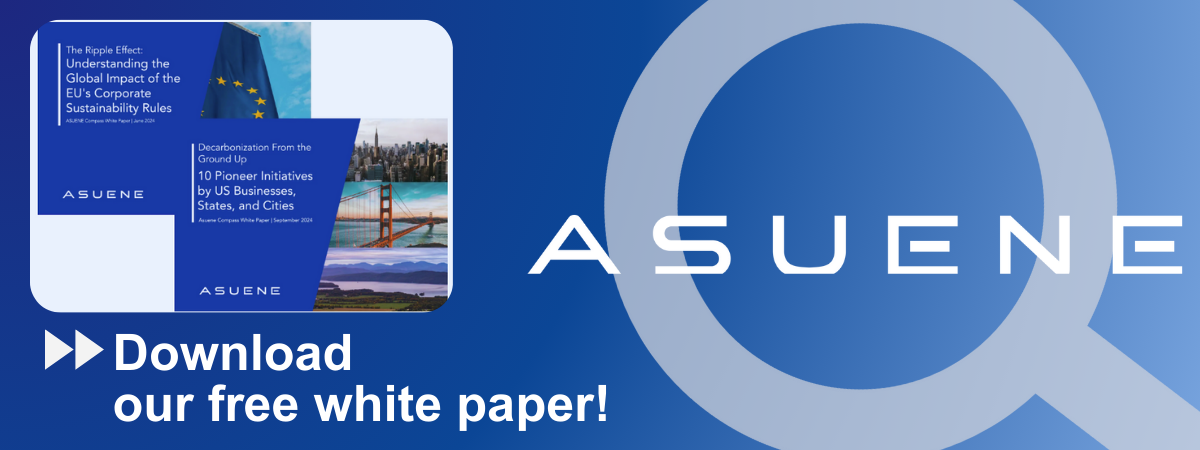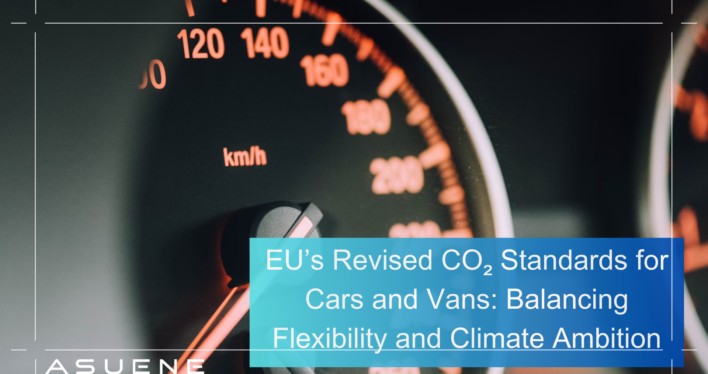- Article Summary
-
Under the newly proposed revision, the Commission does not alter the 15% reduction target for 2025. Instead, it introduces a critical flexibility mechanism:
- Three-Year Averaging: Automakers will be assessed on the average CO₂ performance over the 2025–2027 period, rather than on a strict annual basis.
- No Change in Reduction Levels: The absolute reduction targets remain the same, meaning the pressure to decarbonize by 2030 and 2035 is undiminished.
- Scope of Application: The rule applies to all vehicle manufacturers covered under the existing Regulation (EU) 2019/631.
This flexibility acknowledges recent market volatility and chip shortages, as well as the lag in EV uptake across several EU member states.
Why the Amendment? Industry Struggles and Market Realities
The EU automotive sector—although technologically advanced—has faced mounting pressure:
- Slower-than-expected EV adoption in mid- and low-income markets.
- Supply chain disruptions, particularly in semiconductors and battery materials.
- Increased competition from U.S. and Chinese EV manufacturers.
- Delayed infrastructure rollout, especially in southern and eastern Europe.
EV Market Share in New Car Sales (Selected Regions, 2024 est.)
| Region | EV Share (%) |
|---|---|
| China | 35% |
| EU (average) | 21% |
| Norway | 79% |
| United States | 17% |
| Eastern EU (avg.) | 9% |
In this context, strict annual CO₂ targets were seen as disproportionately punitive to EU-based manufacturers still ramping up EV production.
Stakeholder Reactions: A Mixed Consensus
Industry Bodies
The European Automobile Manufacturers’ Association (ACEA) welcomed the change, stating that “it gives the necessary operational flexibility while keeping climate ambition on track.”
Environmental Groups
Climate NGOs were more skeptical. Transport & Environment (T&E) argued that “this sends a mixed message to industry and weakens the regulatory signal needed to accelerate EV production.”
Political Signals
The European Commission emphasized that the revision was not a rollback, but rather a calibration aimed at ensuring the success of the long-term transition to zero-emission mobility.

Strategic Implications for Automakers
The revision presents both risks and opportunities:
- Strategic Planning Window: Manufacturers can balance investments across 2025–2027, accelerating model rollouts in line with market readiness.
- Incentivizing Innovation: Averaging may favor OEMs that front-load EV deliveries in later years while scaling production lines.
- Investor Expectations: ESG-linked financing, often tied to annual emissions targets, may need to adjust for regulatory averaging periods.
Table: Potential Manufacturer Responses
| OEM | Strategic Adjustment |
|---|---|
| Volkswagen Group | Delay ICE phase-out in low-demand markets |
| Stellantis | Reschedule EV launches to 2026–2027 |
| Mercedes-Benz | Maintain premium EV focus, explore hybrids |
| Renault | Use flexibility to expand battery sourcing |
Policy Outlook: Short-Term Flexibility, Long-Term Certainty
While the 2025–2027 flexibility clause offers short-term relief, the EU’s zero-emission target by 2035 remains unchanged. This ensures that long-term investment signals remain intact for:
- Gigafactories
- EV R&D centers
- Battery and rare earth supply chains
- Charging infrastructure scaling
Regulatory Timeline (Simplified)
| Year | Regulation Milestone |
|---|---|
| 2021 | 2021 baseline established |
| 2025 | 15% reduction target (flexibility applies) |
| 2027 | End of averaging period |
| 2030 | 55% reduction target |
| 2035 | 100% reduction – zero-emission only sales |
The proposal must still pass through the European Parliament and Council before it is formally adopted.
Conclusion: A Pragmatic Pivot in EU Auto Policy
The proposed amendment to the CO₂ standards for cars and vans does not represent a retreat from ambition—it reflects the EU’s commitment to credible, flexible, and forward-looking climate policy. By giving automakers room to breathe without lowering the bar, the Commission hopes to preserve industrial competitiveness while staying the course on climate targets.
For manufacturers, this means making strategic use of the grace period to invest, scale, and deliver on the promise of zero-emission transport. For regulators, the challenge now lies in aligning this flexibility with enforcement credibility and public trust.
In 2024 and beyond, the race to decarbonize road transport continues—now with a more adaptable roadmap in hand.
Why Work with ASUENE Inc.?

ASUENE USA Inc., a subsidiary of Asuene Inc., is a key player in carbon accounting, offering a comprehensive platform that measures, reduces, and reports emissions, including Scope 1-3, with expertise in decarbonization. Asuene serves over 10,000 clients worldwide, providing an all-in-one solution that integrates GHG accounting, ESG supply chain management, a Carbon Credit exchange platform, and third-party verification.
ASUENE supports companies in achieving net-zero goals through advanced technology, consulting services, and an extensive network.

